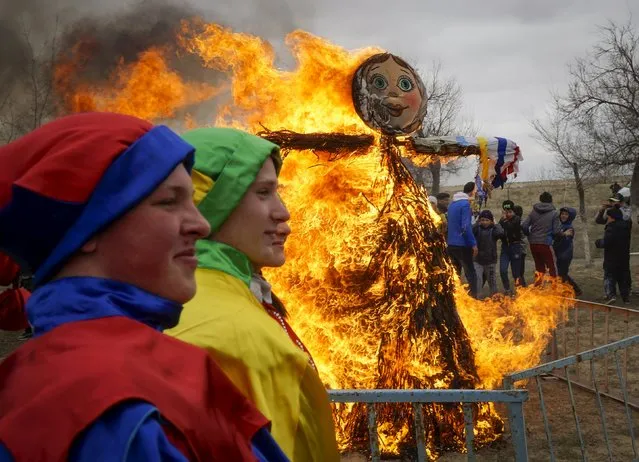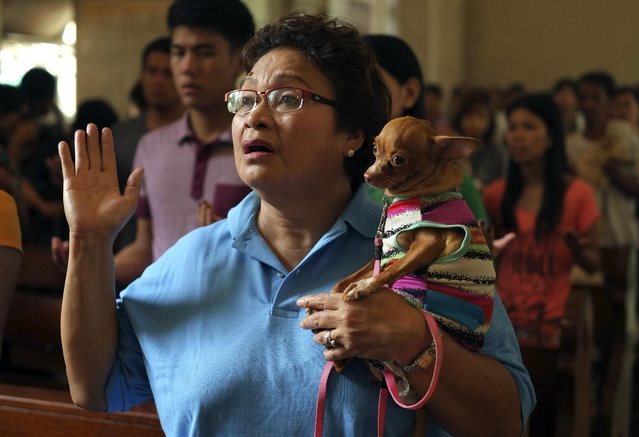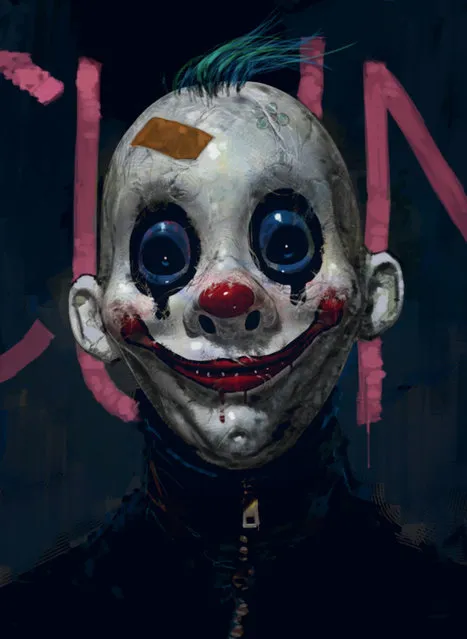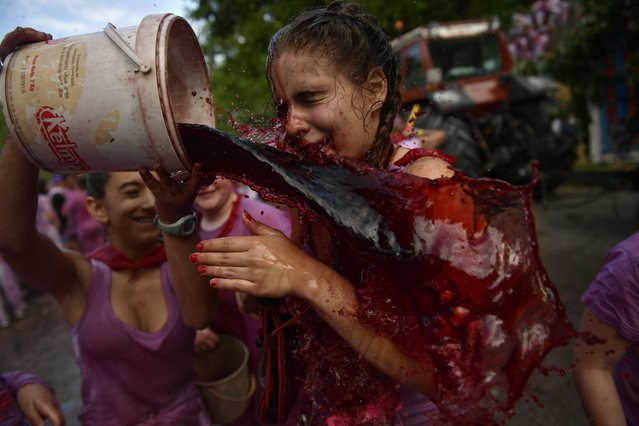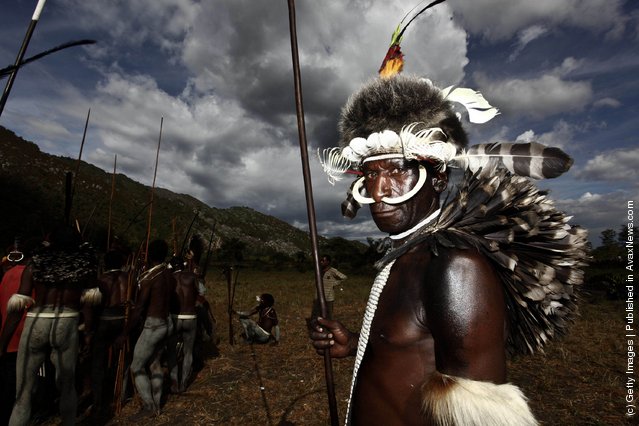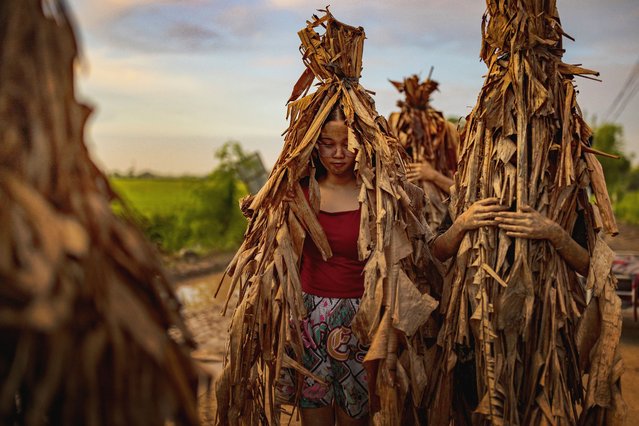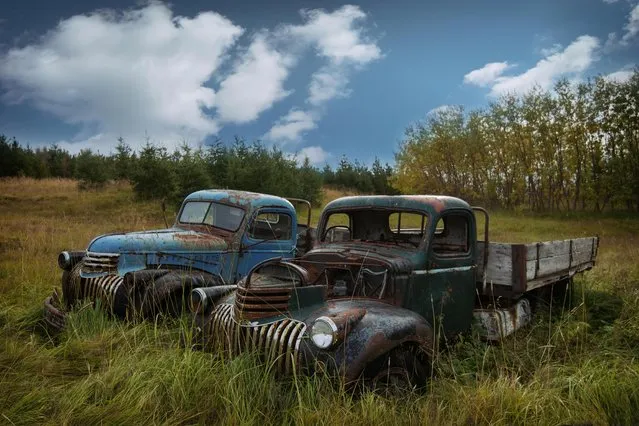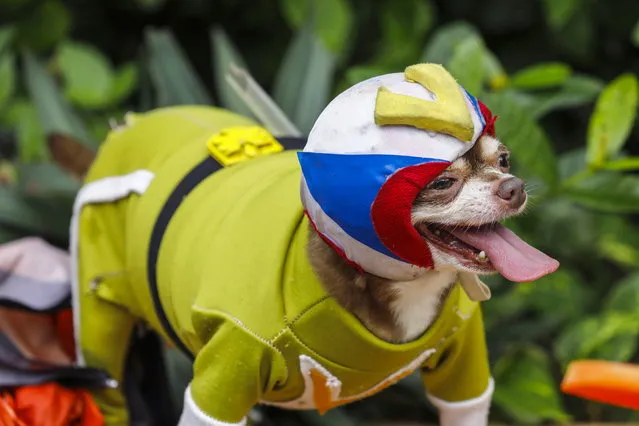
A pet dog reacts while wearing a “Voltes V” themed costume during a “Pawshion Show” to mark World Animal Day in Marikina City, Metro Manila, Philippines 04 October 2023. A village in Marikina enjoined owners and animal lovers to play dress-up with their pets and participate in a fashion-show themed activity to entertain the community on World Animal Day and mark the feast day of St. Francis of Assisi, the patron saint of animals in the Roman Catholic religion. (Photo by Rolex Dela Pena/EPA)
06 Nov 2023 05:11:00,post received
0 comments

